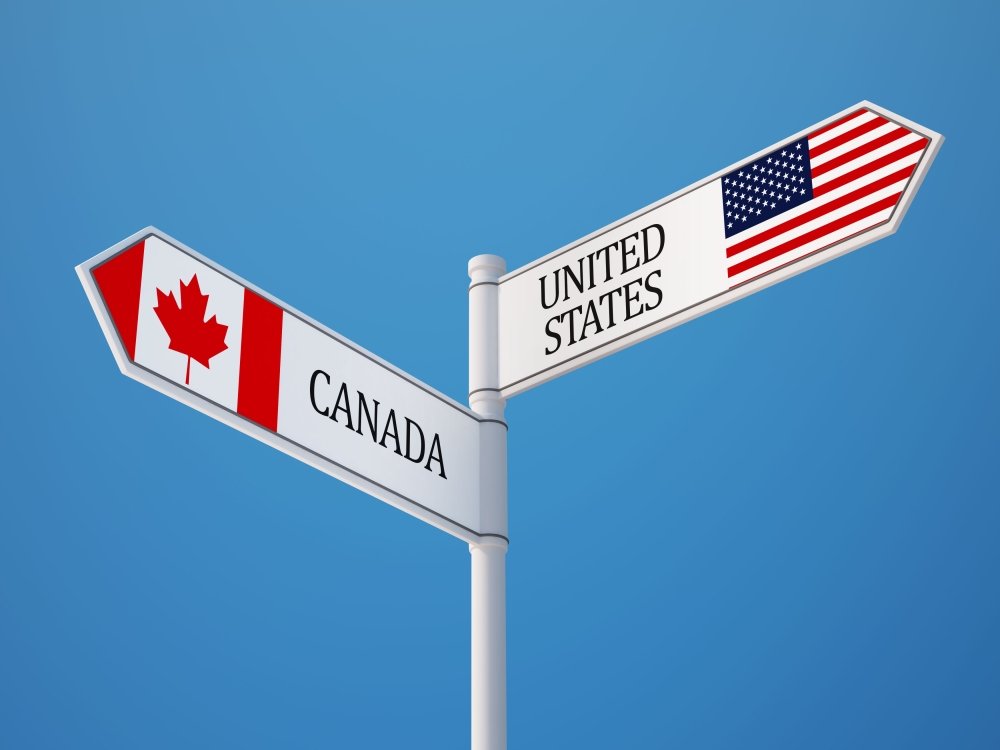Afghan students in the UK urge government not to force them to return to Taliban
Home Office suggests scholars apply for another UK visa, such as the graduate route, or consider claiming asylum
:quality(70)/cloudfront-eu-central-1.images.arcpublishing.com/thenational/ATHN5VRTPJEZFH4TPXKC5GEHL4.jpg)
Afghan students at universities in the UK under a Foreign Office scheme say they are living in limbo and fear being forced back to Afghanistan governed by the Taliban.
The Afghan Chevening scholars currently face the possibility of having to return after their graduation in September or once their visas expire.
Scholars should follow the standard Chevening policy of returning home or to a third country, the Home Office initially said, adding the scholarship was not a pathway to resettlement.
However, the Home Office has now indicated that scholars can apply for another UK visa, such as the graduate route, or consider claiming asylum.
Three of the 17 Afghan students from the 2022-2023 year told reporters about their struggles with panic attacks and fear of persecution as a result of the government’s policy.
One said that even if they were granted a graduate visa, they would still be at risk of deportation after two years.
Afghan Chevening scholars in the UK in 2021 and 2022 were granted indefinite leave to remain.
The Chevening scholarship programme provides study at UK universities – mostly one-year master’s degrees – for students with potential to become leaders, decision makers and opinion formers.
The scholars agreed to speak to reporters on condition of anonymity, given their concerns for their safety and the wellbeing of their families still in Afghanistan.
One of them, who is specialising in international human rights law, said: “I am having panic attacks thinking about what exactly is going to happen.
“After September, I will have no accommodation. It is difficult to get a job without a visa. What should I do? Where should I go? Should I just become stateless and homeless at the same time after September?”
Another student, who is studying accounting and finance, said he was made aware that the scholarship was not an offer of resettlement but was “hopeful” things would return to normal in Afghanistan by the time he graduated.
“There is no possibility of going back to my country … I don’t want to put myself and my family in danger,” he said.
“We should be treated in the same way as the previous cohorts and be granted leave to remain indefinitely.”
A third scholar, who is studying management of information systems, said he was sent an email from the programme in June, telling him to book his flight back home.
He described it as a “hard moment”, adding: “Since then, I have not been able to concentrate on my studies.”
After having repeatedly asked for “clarity”, the scholars said Chevening had informed them at the end of June that they may be exempt from the requirement to return to Afghanistan because of the expiration of their visas in their countries of residence at the time of accepting the scholarship.
“We understand the situation in Afghanistan, and are therefore providing a letter of consent to current scholars whose visas in other countries have expired or will expire, allowing them to apply for another UK visa,” a government representative said.
“This will exempt them from the normal requirement to leave the UK on completion of study.”
The Home Office also made clear that if someone had come to the UK legally, and circumstances in their home country changed, such that it was no longer safe for them to return home, they could claim asylum.
After the Taliban seized power in 2021, the government programme only offered the scholarship opportunity to Afghans living outside their home country and this was the case for the three scholars, who fled to neighbouring nations after the takeover.
“The third country, which the Home Office says we should consider going back to … there are peculiarities in our situation,” a scholar said.
“Right now, India is not giving any type of visa for Afghans. And if I do get a temporary visa, I go there, I stay for one or two months and after that, I have to go back to Afghanistan,” she said.
“A girl who is single, who has done human rights law in the UK, under the UK government scheme, who has worked with international forces, I would be persecuted, I would be hanged in front of everybody.”
All three insisted that claiming asylum would be a bad option, with one noting that the average waiting time for an initial decision on an asylum case could be between one and three years, during which time they would not be able to work and could be placed in a hotel.
Moreover, according to the scholars, applying for a graduate visa, as the Home Office suggested, would bring financial challenges and may leave them with no option but to return to Afghanistan once it expired.
“The problem, for instance, with the graduate visa is that it has a very high fee, and I don’t think many of the Chevening scholars would be able to pursue that route,” a scholar said.
“But even if I manage to borrow some money, it is only for two years. I want to be assured that after this period, I wouldn’t be forced to leave.”
“If I get a visa and after two years, for some reason, I cannot get a sponsored job, I will definitely be deported or either I will be deported or I will have to apply for asylum or … I don’t know what happens in two years,” another student added.
Labour’s Neil Coyle (Bermondsey and Old Southwark), an MP representing one of the scholars, told reporters that Chevening scholars were “the best and brightest”, adding: “Ministers must end their debilitating quagmire and grant leave to remain in the UK, as the Home Office did for the students who completed their studies last year.”






/cloudfront-ap-southeast-2.images.arcpublishing.com/nzme/X65GOV3QERFPTBBEX2JOIGLNBY.jpg)
/cloudfront-ap-southeast-2.images.arcpublishing.com/nzme/KSJ6THVMLNEQPL6FGX5M4D6YDE.jpg)